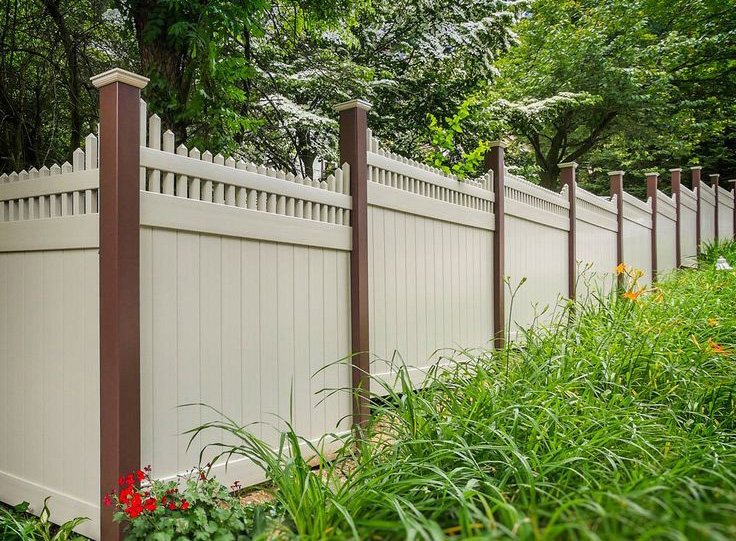1. Consider the Style of Your Home
Not only will the building style of your home influence the type of fence you build, but it should also determine the color you end up choosing. Traditional colonial cottages and raised Queenslander homes work best with lighter colors, whereas more modern homes can benefit from more solid brick homes or homes on larger estates that can look particularly attractive. White, cream, and light-colored fences create a fresh and inviting appeal.
2. Consider the Color of Your Home
The existing color of your home plays a big role in choosing a fence color that will complement the home and tie everything together. Instead of choosing the exact same color as your white-painted home, contrasting with a darker tone can help create a feature of your home and the fence. Some homeowners want their fence to blend in with their home instead of making it a feature, and this is where your intention plays a big part in choosing your fence color. Matching the color of your fence to the roof fascia, guttering, or trimming can be a great way to tie your fence with the rest of the home without overloading on one single shade.
3. Do You Want the Fence as a Feature or a Background?
If you want your fence to blend in with your backyard, choosing a more subdued color is often recommended. This includes colors of the natural environment and surrounding landscape, including subtle woodland grays, sandstone, paperbark, and other more muted tones. Stronger colors are useful to distinguish the fence, but care needs to be taken that a color is not too bright or vibrant that the fence becomes too much of an eye-catching element that clashes with the existing colors around the home.
Other Things to Remember
- Consider the existing foliage. Your fence color should support greenery and not obscure it. A good fence color can highlight your foliage, so the fence color should not be too similar.
- Charcoal colors might seem like a great idea, but they have a blue base which, under light, can make the fence appear black/navy.
- Color in large quantities will look darker than the sample. Remember that a lighter shade will look slightly darker when applied to larger areas.
- If you are planning on selling your home in the near future, consider choosing a universally popular and more neutral color for any fence including composite fence that is more likely to have wider appeal.

Ultimately, the decision for choosing the color of your fence is yours! We’re just here to make that decision easier for you. To learn more about available aluminum, wood, or vinyl fence color options, give the team at Globus Gates a call.

